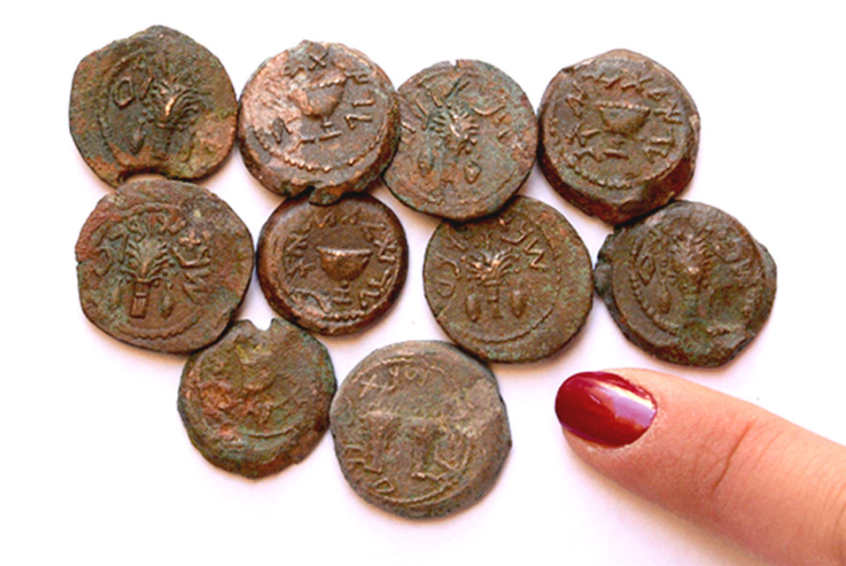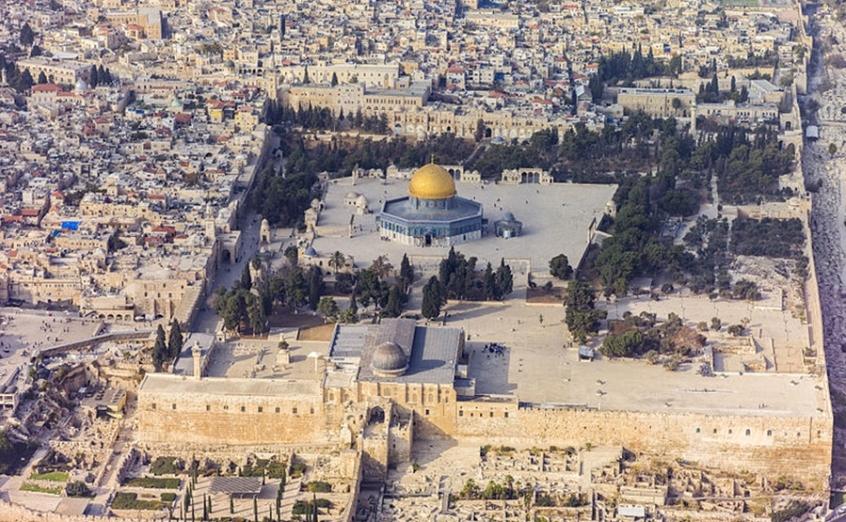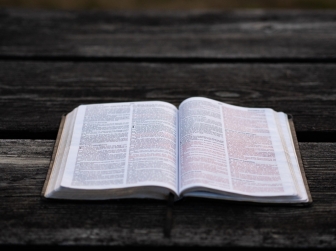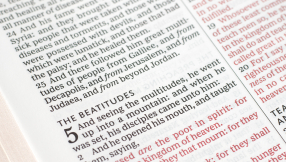A set of bronze coins, being hailed as the last remnants of the four-year Jewish revolt against the Roman Empire (66 CE-70 CE), have been found near the southern wall of the Temple Mount in Jerusalem's Old City.
While several of the coins date to the early years of the revolt, the majority are from its final year (69 CE-70 CE). During that year, the Hebrew inscription on the coins was changed from 'For the Freedom of Zion' to 'For the Redemption of Zion', reflecting the changing mood of the rebels during the period.

According to the Israel Nature and Parks Authority, the archaeological dig, run by Dr Eilat Mazar of the Institute of Archaeology of the Hebrew University of Jerusalem, uncovered dozens of bronze coins measuring approximately 1.5 cm as well as a number of pieces of jars and cooking pots, which were left behind by Jewish residents who hid in a large cave.
'A discovery like this – ancient coins bearing the words "Freedom" and "Redemption" – found right before the Jewish Festival of Freedom – Passover – begins is incredibly moving,' said Mazar.
As well as Hebrew inscriptions, the coins were decorated with Jewish symbols, such as the four biblical plant species: palm, myrtle, citron and willow; and a picture of the goblet that was used in the Temple service.
According to Mazar the coins were well preserved, having been in use for such a short time.
A similar number of 'Year Four' coins were found near Robinson's Arch, near the Western Wall, by professor Benjamin Maza, Eilat's father, just after Israel's Six Day War, on behalf of Hebrew University's Institute of Archaeology.

The new excavations are taking place within the Walls Around Jerusalem National Park, which is managed by the National Parks and Gardens Authority and the Eastern Jerusalem Development Company.
Funding was provided by the Herbert W Armstrong College of Edmond, Oklahoma, whose students participate in the digs.









